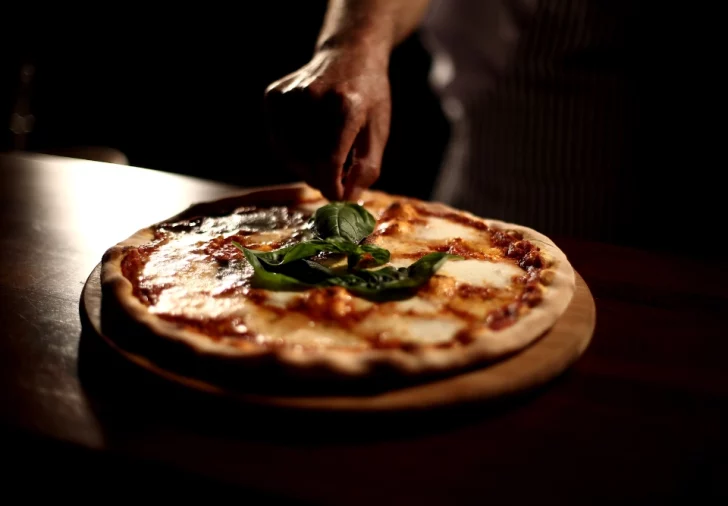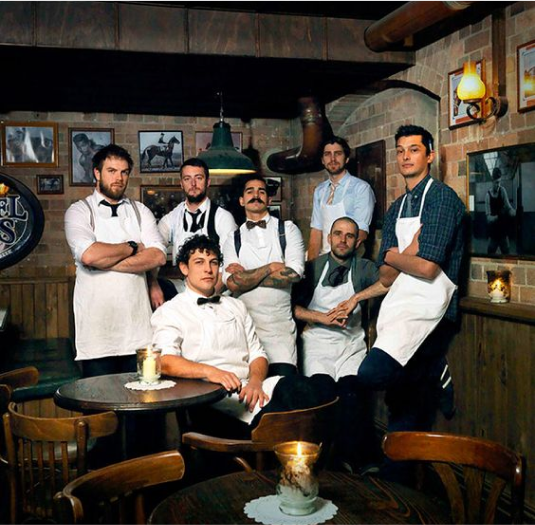Pizza, a beloved dish worldwide, has a rich and fascinating history that dates back centuries. From its origins in ancient civilizations to its rise as a global culinary phenomenon, the history of pizza is a testament to its enduring popularity and cultural significance.
In the following sections, we’ll delve deeper into pizza’s rich history, exploring its ancient roots, the rise of Neapolitan pizza, and the global impact of this beloved dish. Join us on a delicious journey through the ages as we uncover the fascinating story behind one of the world’s most iconic foods.
Table of Contents
ToggleAncient Origins
The concept of flatbreads topped with various ingredients can be traced back to ancient civilizations. The Egyptians, Greeks, and Romans all enjoyed versions of flatbreads that resemble modern pizza.
- Egyptians: Used flatbreads as a staple in their diet, often topped with herbs and oils.
- Greeks: Baked round flatbreads called plakous, topped with onions, garlic, and herbs.
- Romans: Created a dish known as placenta, a flatbread with cheese and honey.
The Birth of “Pizza” in Italy

The word “pizza” first appeared in historical records in 997 AD in Gaeta, a town in central Italy. However, in the 18th century in Naples, pizza began to resemble the dish we recognize today. Early references to topped flatbreads in southern Italy contributed to the invented pizza, which evolved into a flatbread topped with tomatoes, cheese, oil, and anchovies, sold by street vendors and enjoyed by the masses. Naples, a bustling port city, was home to many working-class citizens who needed affordable and convenient food. Enter pizza: a flatbread topped with tomatoes, cheese, oil, and anchovies, sold by street vendors and enjoyed by the masses.
The Birth of Neapolitan Pizza in Naples

By the 18th century, pizza had firmly established itself as a popular street food in Naples. It was during this time that the iconic Margherita pizza was created. Legend has it that in 1889, Queen Margherita of Savoy visited Naples, and the renowned pizzaiolo Raffaele Esposito prepared a pizza in her honor. He used tomatoes, mozzarella, and basil to represent the colors of the Italian flag. Queen Margherita was delighted with the dish named after her, cementing the pizza margherita’s place in history. The skilled pizza makers, or pizzaioli, of Naples, including famous pizza-makers like Raffaele Esposito, played a crucial role in perfecting the art of pizza-making, establishing techniques and traditions that remain revered today.
Pizza’s Global Expansion
The late 19th and early 20th centuries saw waves of Italian immigrants bringing their culinary traditions to new shores, including the United States. Pizza quickly gained popularity, especially in cities like New York and Chicago, where it was adapted to local tastes and conditions. The development of frozen pizza further contributed to making pizza more accessible and standardized, allowing for more elaborate variations.
New York-style pizza emerged with its large, thin slices and foldable crust, perfect for eating on the go. Meanwhile, Chicago developed its famous deep-dish pizza with a thick, buttery crust and generous layers of cheese and toppings. With its rectangular shape and crispy, cheesy edges, Detroit-style pizza also gained a dedicated following. These regional variations highlight pizza’s incredible adaptability and enduring appeal.
Further reading: 10 Types of Pizza Crust: Which One Is Your Favorite?
Modern Pizza Innovations: Frozen Pizza

Fast Food Revolution
In the 20th century, we witnessed the rise of pizza chains and the convenience of delivery, making pizza more accessible than ever. Companies like Domino’s and Pizza Hut revolutionized the industry with quick service and delivery options, ensuring that hot, delicious pizza could be enjoyed from home.
Gourmet Pizza Movement
In recent years, there has been a shift towards gourmet pizzas featuring artisanal ingredients and creative combinations. Chefs worldwide are experimenting with unique toppings such as truffle oil, figs, arugula, and prosciutto, elevating pizza to new culinary heights.
Technology and Pizza
Advancements in technology have further transformed the pizza landscape. Online ordering and food delivery apps have streamlined the process of getting pizza to your door. Innovations like robotic pizza makers and automated pizzerias are also emerging, showcasing the future of pizza production and delivery.
The Cultural Impact of Pizza Restaurants

Pizza in Pop Culture
Pizza’s presence in movies, TV shows, and music has solidified its status as a cultural icon. From the Teenage Mutant Ninja Turtles’ insatiable pizza cravings to countless scenes in films where pizza is the go-to comfort food, its role in popular culture is undeniable.
World Pizza Championships
Competitions such as the World Pizza Championships celebrate the skill and creativity of pizzaioli from around the globe. These events highlight the artistry of pizza making, from crafting the perfect dough to creating innovative topping combinations.
Pizza as a Social Experience
Pizza has always been more than just food—it’s a social experience. Pizza brings people together, whether it’s a casual family dinner, a party with friends, or a corporate event. HomeSlyce offers specialized services for hosting pizza parties, ensuring your gathering is delicious and memorable.
Further reading: 10+ Unforgettable Birthday Ideas in Baltimore, MD (2024)
Conclusion
From ancient flatbreads to modern gourmet creations, pizza’s journey through history is a testament to its universal appeal and versatility. Its ability to adapt to different cultures and tastes has made it a beloved staple worldwide. Reflecting on pizza’s rich history and cultural significance, it’s clear that this dish is more than just food—a global phenomenon that continues to evolve and inspire. We invite you to share your favorite pizza memories or experiences, celebrating the joy and connection pizza brings to our lives at HomeSlyce Pizza.






